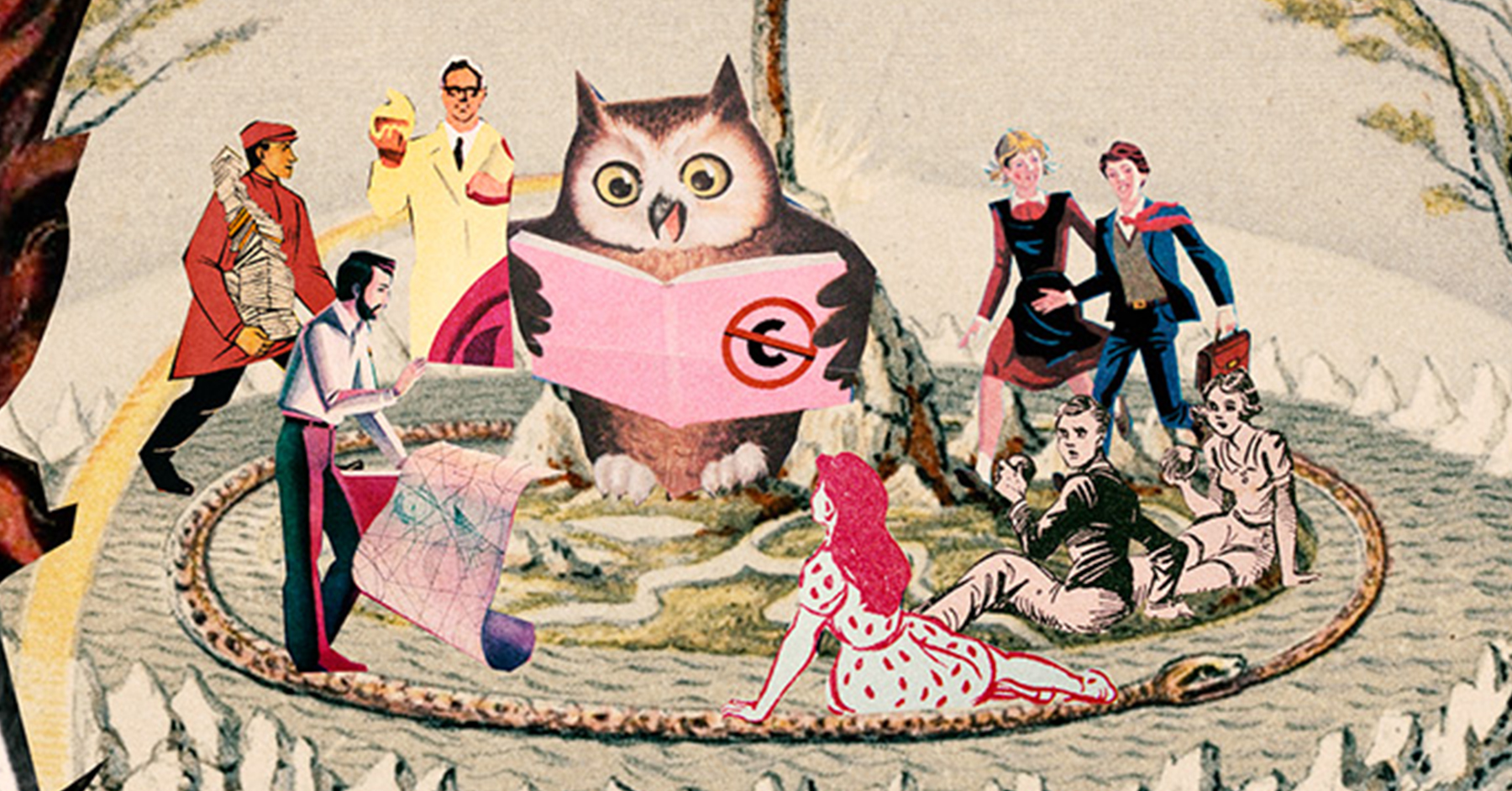Don't you just love it when someone says what everyone is thinking? Thank you Buzzsaw.
This top 15 list reflects this year’s most frequent submissions to www.thebuzzsaw.co.uk, now in its 10th year.
The Buzzsaw, an online tool that strips the buzzwords out of press releases, speeches and blog posts, today announces its awards for the worst jargon of 2020.
The list is based on frequency of submissions from editors and correspondents worldwide.
The 2020 Buzzsaw Hall of Shame (Comments below are supplied by judges).
‘Curated’.
Judge’s comment: “A word that has been brutalised by Hipster culture. Google practically anything – potatoes, burgers, you name it – and there’ll be a curated list somewhere in the world. To make it worse, lists are often ‘carefully curated’, which is tautologous.”
‘Content’.
Judge’s comment: “Second only to the vacuum of space as the emptiest thing in the universe. It’s like calling literature or journalism ‘words’. It’s the high watermark in the commoditisation of writing.”
‘Disambiguate’.
Judge’s comment: “A word that rather cleverly obscures the thing it seeks to clarify. Like spraying mud on windows to clean them.”
‘Human Capital’.
Judge’s comment: “The latest in the personnel department’s march towards balance sheet.”
‘The new normal’.
Judge’s comment: “Unfortunately it is catching on. I get hundreds of emails a week that reference this phrase.”
‘In the time of Covid’.
Judge’s comment: “Gabriel Garcia Marquez it ain’t.”
‘Reach out’.
Judge’s comment: “My standard response is ‘back off’.”
‘Circle back’.
Judge’s comment: “Sigh. Incoming Halley’s Comet press release.”
‘Ideation’.
Judge’s comment: “A bold attempt to make a bad idea sound better than it is by diverting our attention.”
‘Bake’.
Judge’s comment: “Please stop using this as a noun. It is a loaf or a cake. It is not a bake.”
‘Fake news’.
Judge’s comment: “An oxymoron of such heft that only a moron could coin it. Unfortunately it has caught on.”
‘Mainstream media’.
Judge’s comment: “A tedious blamefest, thinly disguising a lack of ability to debate properly.”
‘We remain cautious’.
Judge’s comment: “On a quarterly basis, listed companies invite their advisors to visit them and help them draft their financial results statement, including the outlook statement. These three opaque words are the most overused and expensive a company will ever buy.”
‘Going forward….’.
Judge’s comment: “I long for the day someone writes ‘going backward’.”
‘Solutions’.
Long-time Hall of Shame member, best exemplified by the sticker company that describes itself as ‘a global leader in adhesive labelling solutions’.
Dishonourable mentions:
‘Prepone’:
Judge’s comment: “A word that seems to mean that something has been brought forward, potentially resulting in a missed flight, etc.”
‘Best’:
Judge’s comment: “As a sign-off on an email, this feels really ill-judged. If you can’t be bothered to say ‘best wishes’ or ‘best regards’, it’s not a great start, is it?”
‘Preneur’:
Judge’s comment: “Rule of thumb: if someone describes themselves as an entrepreneur, they probably aren’t. Worse still ‘cakepreneur’, ‘burgerpreneur’, etc. Fun game: try putting ANY word in front of preneur and googling it. Chances are, there is one.”
‘Awesome’:
Judge’s comment: “Not since the devaluation of the Zimbabwean dollar, has something devalued as much as the word ‘awesome’. To be full of awe in the presence of a tea towel or poached egg is setting a very low bar.”
Final note to PRs:
Paste a press release or speech into the Buzzsaw and the document is checked against a database of thousands of buzzwords and clichés. The document is returned with all matches struck through in red.
www.thebuzzsaw.co.uk is used by thousands of organisations worldwide.





















